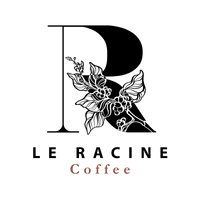Planadas terroirs
The Tolima region, located in the south-central part of the country and close to the capital Bogota, is home to Planadas, a municipality in the south of the Tolima Department. The region's isolation is palpable, with roads often in poor condition and an average driving time between Bogota and Planadas of up to 8 hours, absent road blockages. The nearest airport, El Dorado International in Bogota, highlights access difficulties. This context has its roots in history, the region having been the cradle of the FARC guerrilla war, considering it for decades as an isolated and conflicting place. Fortunately, after the peace agreement, coffee became a vector of renewal, allowing the region to develop and show its strength. Tolima is recognized as an important high-quality coffee production area in Colombia, particularly in Planadas, where the coffees have won numerous national competitions. The small size of the farms, the dedication of the producers, their families and the traditional know-how of the beneficios who mill the coffees are key elements of this success. The social impact of coffee production is considerable in the region, contributing significantly to the consolidation of peace within producing communities.





















